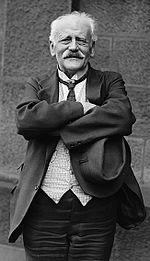How to Pronounce Otto Stapf
#50
Most Popular
Boost
Mar 23, 1857 Bad Ischl, Upper Austria, Austria Died on 03 Aug 1933 (aged 76)
Austrian botanist
AriesOtto Stapf, Date of Birth, Place of Birth, Family, Facts, Age, Net Worth, Biography and More in FamedBorn.com

Austrian botanist
Aries